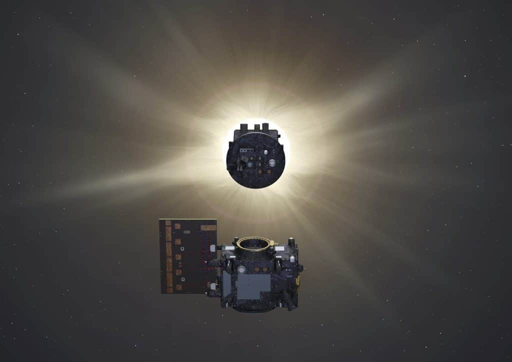Satellites have been sent into space to create artificial eclipses.

To tackle this challenge, engineers from the European Space Agency (ESA) have built two spacecraft. One will act as an artificial Moon for the other.
The spacecraft are currently located in a high elliptical orbit, with a perigee of 600 kilometers and an apogee of 60,000 kilometers.
In the coming weeks, the satellites will remain attached to each other while engineers complete checks on all their systems. Then, in early 2025, the separation of the spacecraft will occur: they will drift apart by a distance of 144 meters (their relative positions will be monitored with millimeter precision).
If everything goes according to plan, observations of the solar corona will begin around April 2025. The first spacecraft will eclipse the Sun for the other, allowing it to observe the inner layers of the solar corona.